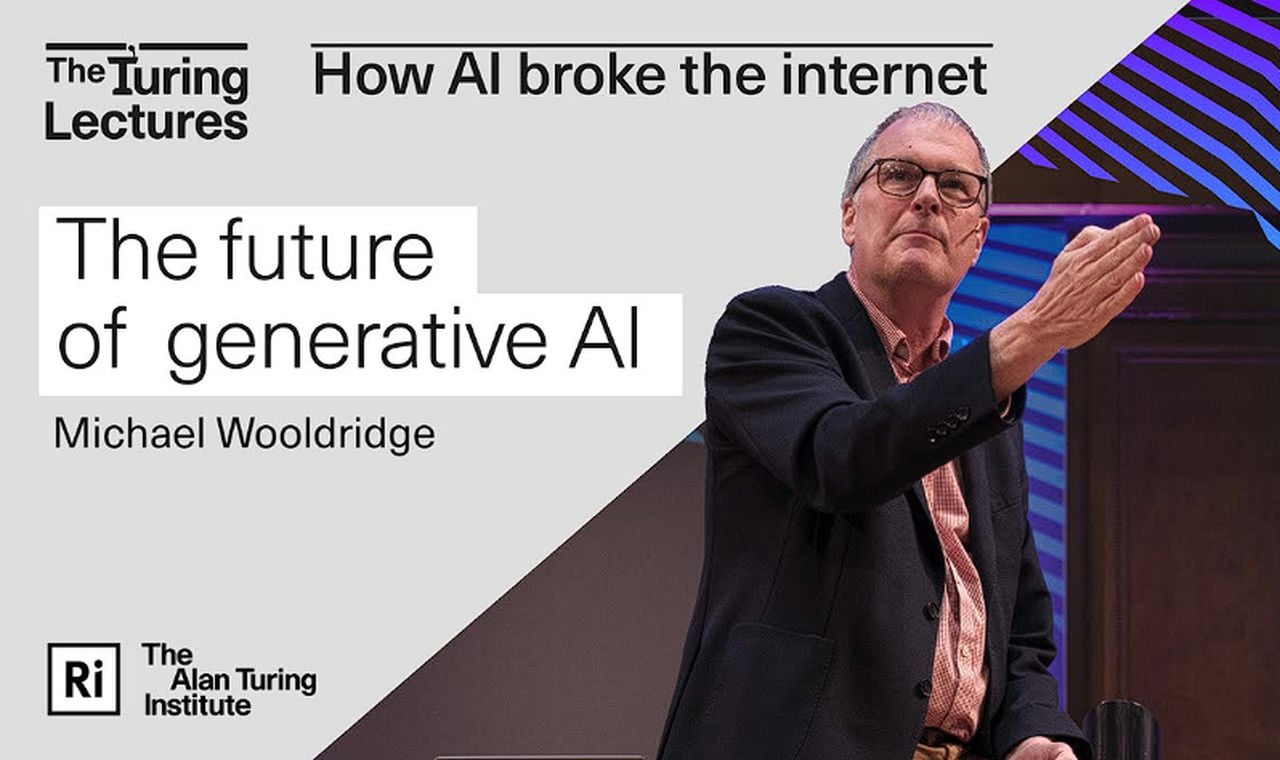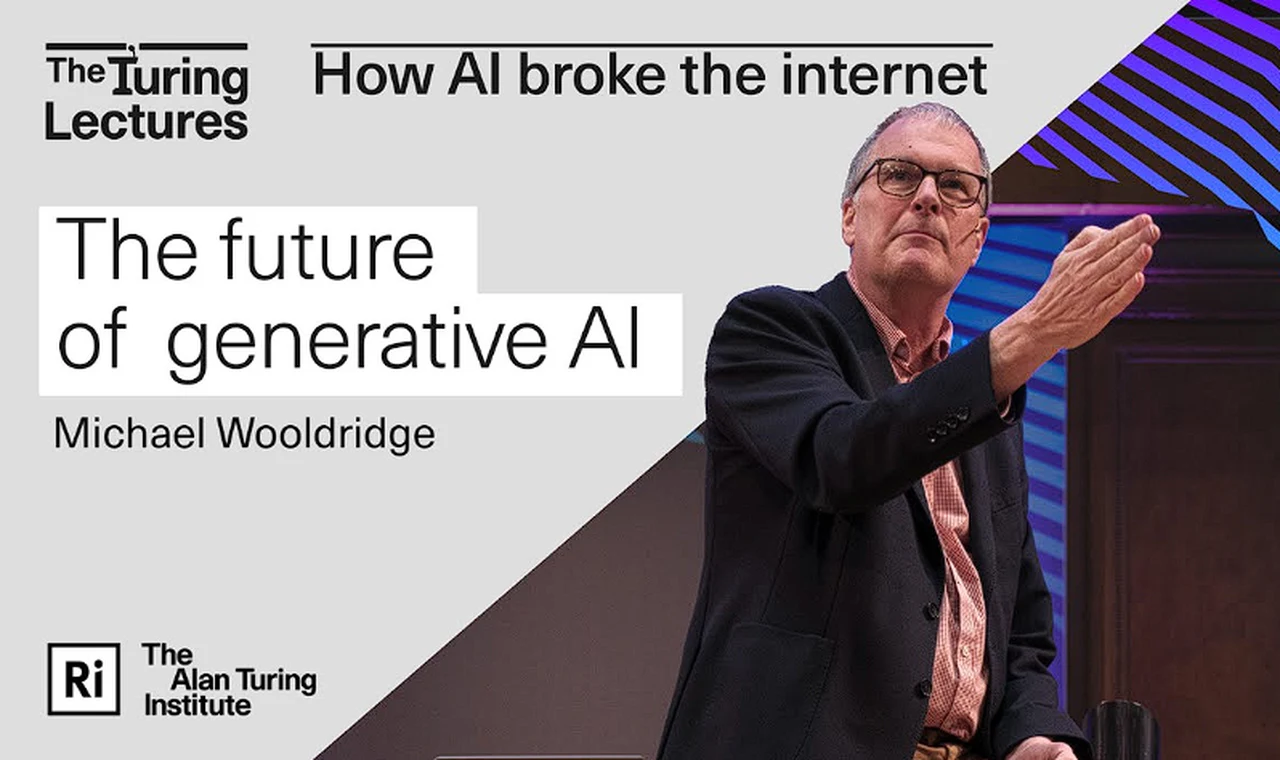[ad_1]
Bienvenido naturaleza Lectores, ¿les gustaría recibir este informe en su bandeja de entrada de forma gratuita todos los días? Regístrate aquí.

La reseña de Dorothy Hodgkin (en la foto alrededor de 1960) se encuentra entre una colección de informes publicados por la Royal Society. Crédito: Archivos del Daily Herald/Museo Nacional de Ciencias y Medios/SSPL vía Getty
La Royal Society del Reino Unido ha descubierto más de 1.600 informes revisados por pares que datan de 1949 a 1954, incluida la revisión de Dorothy Hodgkin del manuscrito de Watson y Crick sobre la estructura del ADN y comentarios contradictorios de dos revisores sobre un artículo de 1951 de Alan Turing (Todos parecen ser ignorado.) Informes Brinde una idea de cómo era el proceso de revisión por pares antes de que se formalizara en la década de 1970.. “En el siglo XIX y principios del XX ya se entendía que la revisión por pares es un debate real”, dice Louisienne Verlier, directora de recursos digitales de la sociedad. “Entonces, se convierte en una forma de gestionar el flujo de artículos de la revista”.
Naturaleza | 6 minutos de lectura
Geofísicos y arqueólogos colaboraron para descubrirlo Un tranquilo lugar de entierro debajo del elaborado edificio del tesoro excavado en la roca de Petra. Después de que un examen no invasivo revelara atractivos vacíos similares a tumbas, las excavaciones confirmaron la presencia de 12 restos óseos y un grupo de artefactos funerarios. Los investigadores estiman que los restos pueden ser de las alturas de la comunidad nabatea, que construyó la fortaleza montañosa de Petra en lo que hoy es Jordania.
New York Times | 4 minutos de lectura
Animales en el fondo del mar. Puede prosperar en cavidades subterráneas y pasajes cerca de respiraderos hidrotermales. – Una pista de cómo las criaturas colonizan los respiraderos recién erupcionados. Los biólogos marinos utilizaron una palanca (unida a un sofisticado submarino robótico) para levantar un trozo de basalto del fondo del Océano Pacífico. Así, se descubrió un tipo de gusano tubícola (Oasis de Alvina) y sus larvas, así como almejas y poliquetos. Los investigadores habían pensado que el líquido debajo del fondo del mar estaría demasiado caliente para sustentar la vida, pero la temperatura del agua era de unos agradables 18 grados centígrados. Los resultados sugieren que las larvas pueden viajar a través de un “sistema subterráneo” de canales entre rocas, que podrían ser destruidos por la minería en aguas profundas.
Ciencia | lectura de 5 minutos
referencia: Comunicaciones de la naturaleza papel
Características y opinión
Sin embargo, publicar software de biología para que cualquiera pueda usarlo no es tan fácil como parece. Hay maneras de hacer el camino más fácil. Esto incluye tener en cuenta el tiempo de mantenimiento, simplificar la instalación y automatizar las pruebas. Los científicos dicen que el resultado vale la pena. “El presente y el futuro de la comprensión biológica dependen del software”, afirma el bioinformático Titus Brown.
Naturaleza | 8 minutos de lectura
“¿Por qué no existe una cultura de resultados? “Porque hablar es divertido, los resultados son difíciles y la gente odia la rendición de cuentas”, escribió el líder mundial de la salud, Peter Singer, quien fue asesor especial durante seis años del director general de la OMS. más Objetivos, como los contenidos en la Carta para el Futuro recientemente aprobada, Las Naciones Unidas deberían centrarse en las soluciones existentes que no se han cumplido. Se trata de aquellos que entran dentro de los objetivos de desarrollo sostenible, de los cuales sólo el 17% van por buen camino. Al reflexionar sobre sus propios esfuerzos por intentar convertir a la OMS en una organización basada en resultados, Singer pide a la ONU que dé un paso atrás. “Creo que los planes de la ONU necesitan otro acrónimo: GSD, que significa Get Stuff Done”.
Naturaleza | lectura de 5 minutos
Cada vez hay más conciencia de que los pájaros hacen algo más que chirriar sin rumbo fijo. Algunas especies susurran entre sí, cantan a sus huevos aún no eclosionados y desarrollan “familias” de sonidos compartidos por una unidad familiar. Impulsado por el deseo de comprender Si los sonidos de los pájaros pueden considerarse un “lenguaje” (y para ayudar con la mayor parte de la observación de aves que implica simplemente escuchar), los ornitólogos e investigadores de inteligencia artificial están trabajando para descifrar el significado.
Hoy estoy pensando en trajes espaciales prada Qué usarán los astronautas de la NASA en la misión Artemis a la luna planificada para 2026. Advertencia justa: se parecen mucho a los trajes espaciales normales, tal como suelen ser los trajes espaciales normales. Trajes de Pierre Cardin Que será utilizado por los astronautas de la ESA en sus entrenamientos. Pero la apariencia no lo es todo, afirma el astronauta Matthias Maurer. “Se nota la diferencia si lo acaban de hacer ingenieros o si además hay alguien que sabe cómo funciona el tejido”, dijo mientras se probaba un traje Cardin. “Siempre tuve puntos de presión y ahora me siento muy bien por dentro”.
Déjame saber qué te gustaría ver para una apariencia de diseñador, así como cualquier otro comentario en este boletín, en informació[email protected].
Gracias por leer,
Flora Graham es editora senior de Nature Briving
Con contribuciones de Jacob Smith
¿Quieres más? Suscríbase a nuestros otros boletines gratuitos de Resumen de la Naturaleza:
• Informe sobre la naturaleza: empleos – Información, consejos y periodismo galardonado para ayudarle a mejorar su vida laboral
• Informe sobre la naturaleza: microbiología – Los organismos más abundantes en nuestro planeta -los microorganismos- y el papel que desempeñan en la salud, el medio ambiente y los sistemas alimentarios
• Informe sobre la naturaleza: el antropoceno — Cambio climático, biodiversidad, sostenibilidad y geoingeniería
• Nature Briefing: Inteligencia artificial y robótica – 100% escrito por humanos, por supuesto.
• Resumen de la naturaleza: cáncer – Un boletín semanal escrito pensando en los investigadores del cáncer.
• Naturaleza del resumen: investigación traslacional – Cubre biotecnología, descubrimiento de fármacos y productos farmacéuticos.
[ad_2]
Source Article Link






